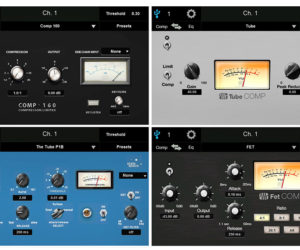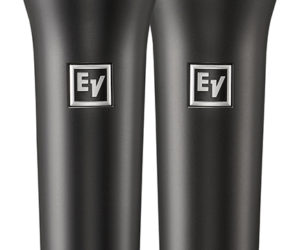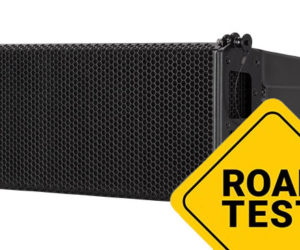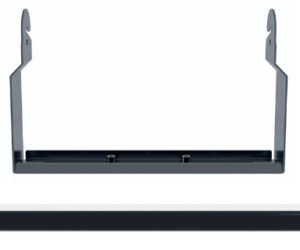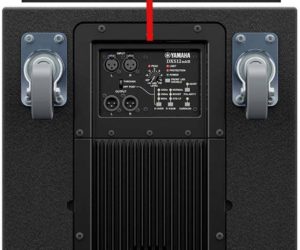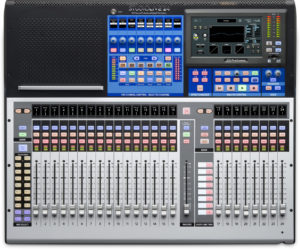The polar pattern is hypercardioid, with a very uniform frequency response throughout the coverage pattern; for example, the frequency response from the side at a 45-degree angle is almost identical to the on-axis response.
The SR40V has deep attenuation at the rear of the polar pattern for excellent gain before feedback, and a smooth and well-controlled back lobe.
The proximity effect is smooth and not overly bassy, even when used close up. At a distance of several inches, the audio response is still natural and not “thin” and lacking low frequencies as I’ve found with other vocal microphones.
As recommended by Earthworks and confirmed by my experience, using the SR40V flat with minimal to no EQ adjustment provides exceptional results.
The construction is definitely roadworthy, with the capsule being physically isolated and shock-proof, and the electronics all hardwired and securely held for long-term durability. A series of mesh-screened tuned ports are located just below the windscreen to further control any capsule resonances. The windscreen is rugged and also as acoustically open as possible, and can be removed for cleaning as desired.
The time domain of the audio signal is a very important part of the microphone’s conceptual design, because the ear is highly sensitive to phase and time differences to localize a sound source and to have it perceived as “live.” This is the main reason that the frequency response is extended flat out to 40 kHz, because those frequencies above the normally accepted limits of hearing as far as pitch is concerned still have a perceptual effect.
For the same purpose, no capacitors are used in the electronics to interfere with the phase relationship. Each mic is hand-tuned and its electronics handwired, with multiple response measurements taken during this process.
Wireless Version
The wireless version maintains the hypercardioid polar pattern and frequency response of 30 Hz to 40 kHz, +/-2 dB at a distance of 1 foot. Maximum acoustic input is 135 dB SPL.
To minimize the possibility of overloading a transmitter’s circuitry, the output of this version is attenuated approximately 10 dB within its internal electronics, compared with the wired version.
As a condenser mic, it requires The screened tuning ports circling the bottom of the windscreen are retained. The entire head assembly weighs a little over 3 ounces.
The Real Deal
In performance, the wired and wireless versions of the Earthworks SR40V are virtually identical to the ear. Using a Shure ULX-D digital wireless system as the base, and setting the levels equal, both spoken word and sung vocals retained the same audio quality and transparency when switching between them. No change was noted in the off-axis response or gain before feedback.




